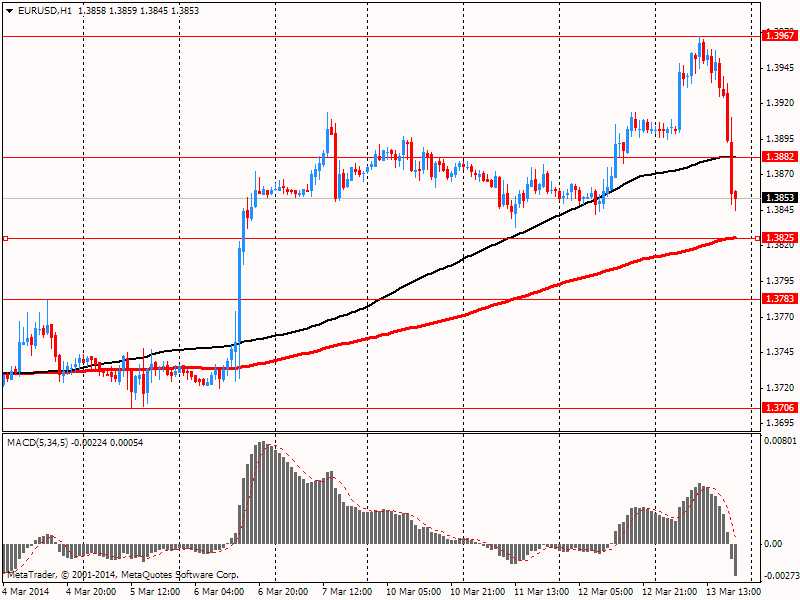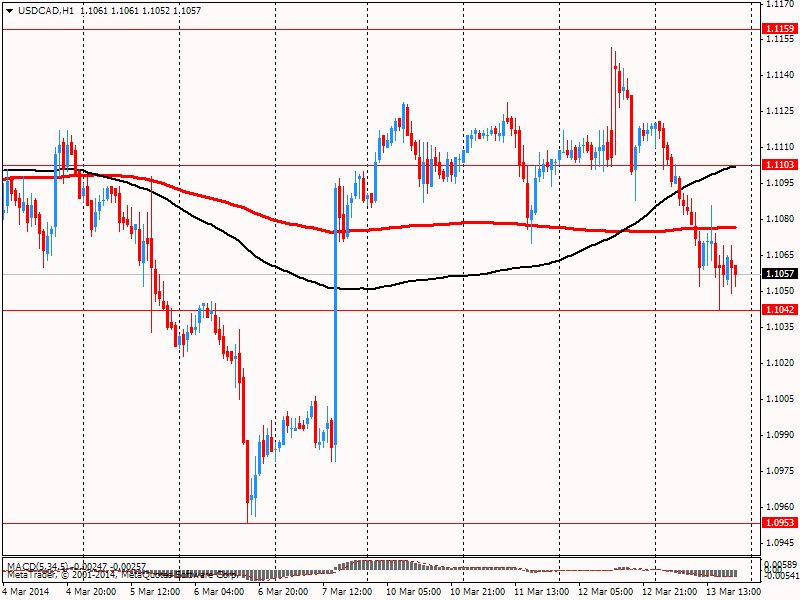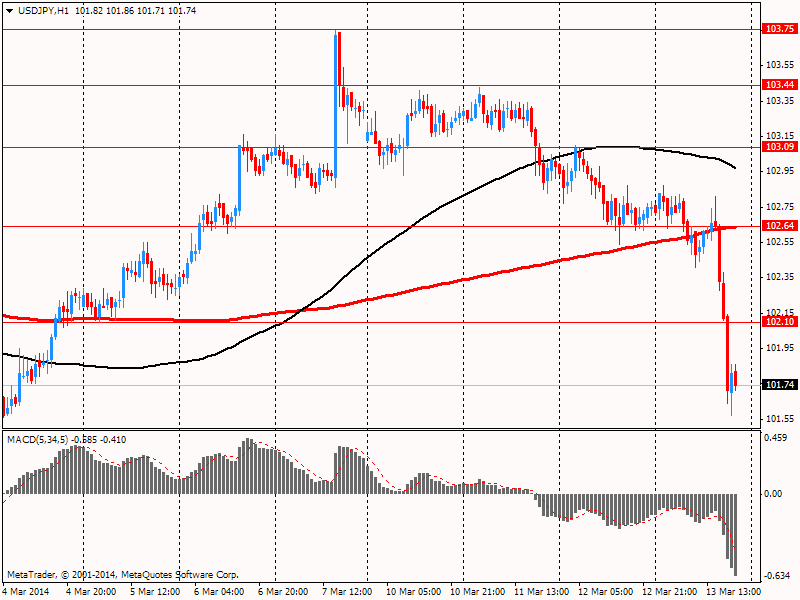- American focus : the euro dropped significantly against the U.S. dollar
Noticias del mercado
American focus : the euro dropped significantly against the U.S. dollar
The dollar rose sharply against the euro amid falling risk appetite during the U.S. session , when the stock markets fall , despite strong U.S. data . Note that one of the reports showed that initial applications for unemployment benefits fell by 9,000 and amounted to a seasonally adjusted 315,000 in the week ended March 8. The result was the lowest since late November. Number of references to the previous week were revised slightly higher. Economists had forecast 334,000 new claims will be filed last week.
It was also reported that retail sales rose a seasonally adjusted 0.3% in February from January . Retail sales excluding auto purchases grew at the same pace . Economists had forecast a 0.3 % increase in total sales last month and an increase of 0.2 % excluding autos . Sales rose by a modest 1.5% compared with a year earlier . Changes showed that retail sales fell 0.6 % in January compared with the originally voiced by -0.4 %.
Also had a noticeable impact statements of the head of the ECB Draghi, who said that the ECB is preparing to take extra steps to protect the eurozone from deflation as the strong euro " crushes " on prices. He also noted that the risk of deflation were " very limited " , but the longer inflation remains at a low level , the greater the likelihood of developing deflationary risks. "That's why the ECB is preparing additional non-standard measures of monetary policy to protect against such accidents and is ready to take further decisive action if necessary ," said Draghi .
The Canadian dollar rose against the U.S. currency due to improved relative to risk and strengthening currencies of New Zealand and Australia. The Canadian dollar was supported by the growth of the Australian and New Zealand dollars, which tend to be closely linked with the Canadian currency, after increasing by 25 basis points rate Reserve Bank of New Zealand and surprisingly strong report on the number of jobs in Australia in February. Interbank trading and interest in investment funds supported the Canadian dollar currency in the London session . Slight weakening of the Canadian dollar was noted after the news that U.S. retail sales rose 0.3 % in February, but quickly regained those losses .
The yen has appreciated strongly against the U.S. dollar amid falling risk appetite . Couple became under pressure when the stock market in the United States moved into negative territory . Growth of the yen also help data released today in Japan , which suggests that the company at least , do not expect a cruel blow. This is good news for abenomiki that in recent months , it seems , began to fizzle out as the promised recovery of exports has not materialized . Strong investment companies talk about what lies ahead - news gets even better . Basic orders for machinery and equipment - a leading indicator of investment in six months - in January jumped by 13.4 % compared with the previous month . It is the second largest growth in the current series of data , which was launched in 2005. He says that the company seems more confident than expected, that the economy can withstand the increase of the sales tax . Another positive sign is the strength of orders in the manufacturing sector , which in recent months lagged nonproductive orders.


